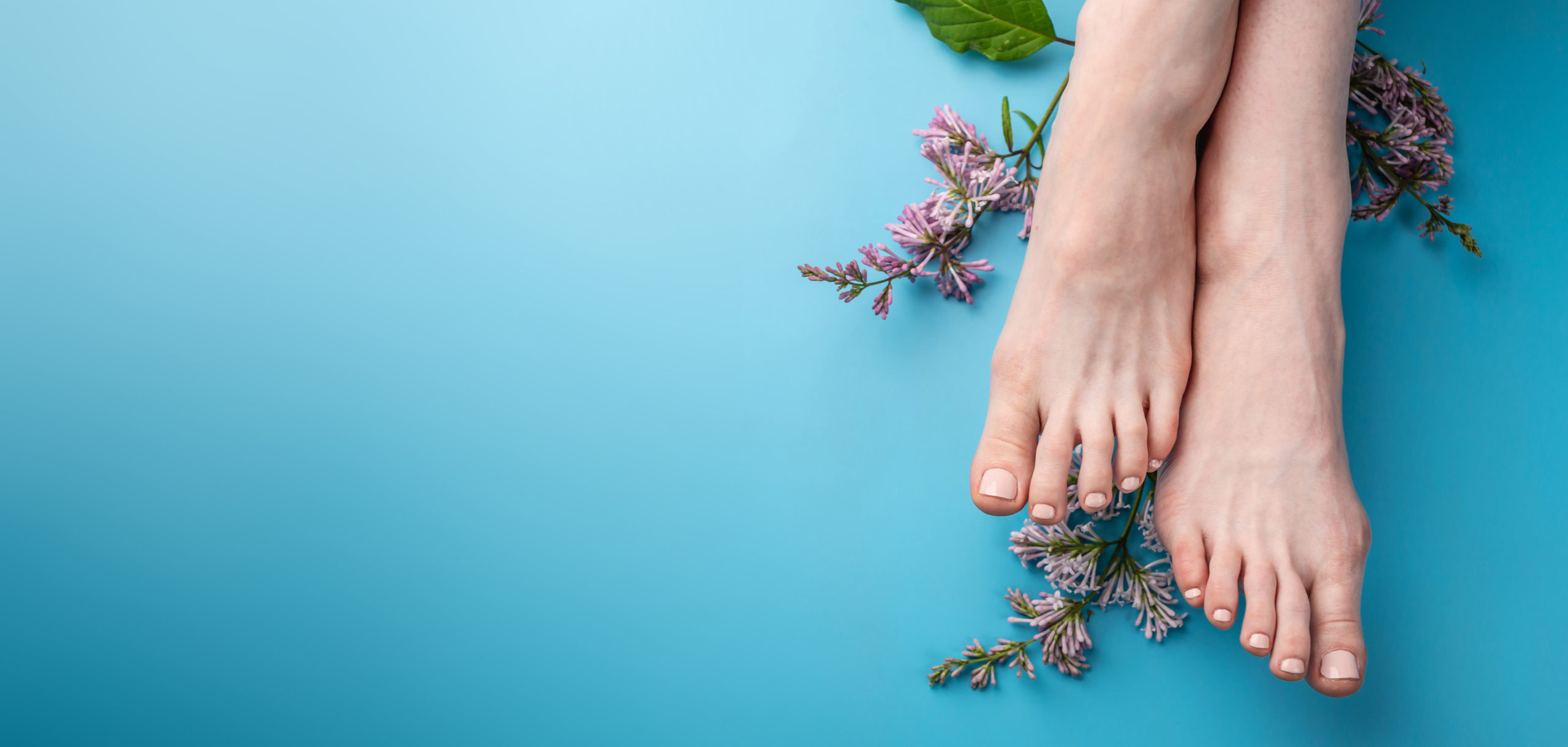Callus Care 101: The Good, The Bad and The Ugly
This story originally appeared in the April/May 2016 issue of Pointe.
With the joy of pointework usually comes the not-so-pleasant experience of having calluses. For most dancers, the hardened patches of skin on the toes and heels come with the territory. According to Dr. Thomas Novella, a podiatrist who works with professional ballet dancers in New York City, “calluses are a natural accumulation of keratin, a protein produced by the top layer of skin to adapt to areas of pressure.” Here, he shares how calluses can be beneficial to dancers, as well as when you should be worried.
The Good
 Getty Images
Getty Images
Your calluses are like a customized coat of armor, one you started developing when you began pointework. The tough keratin layers may be unsightly, but they’re far better at protecting your feet than blister-prone soft skin. If your calluses don’t hurt, leave them alone; they’re probably preventing blisters.
The Bad
An overly thick callus can create too much pressure, irritating the skin under or around it. Or, a harmless callus may evolve into a hard corn—also made of keratin but typically smaller and more sensitive. When experiencing pain, try to distribute the pressure and protect the area with doughnut-shaped pads and malleable lambswool. Avoid pads with uniform thickness, which will cause increased pressure.
The Ugly
If you’re taking a lot of modern classes or rehearsing a barefoot ballet, a callus on the bottom of your foot may split into a painful fissure, making weight-bearing and demi-pointe work extremely painful. An untreated corn could also develop into an ulcer, an open sore on the top layer of skin. Since fissures and ulcers are open wounds, they’re prone to infection and may require a trip to the doctor and time off to heal.
Maintain Before Pain
- Novella suggests using a PedEgg to safely shave your calluses to a moderate thickness; don’t overdo it.
- Avoid using sharp tools or products with erosive acids to manage calluses. Both can damage healthy skin.
- Monitor evolving or new calluses, which can be caused by new shoes, different choreography or even changing bone structure after foot growth or injury.
- You may need to increase your pointe shoe size or rethink your toe padding to accommodate calluses.






